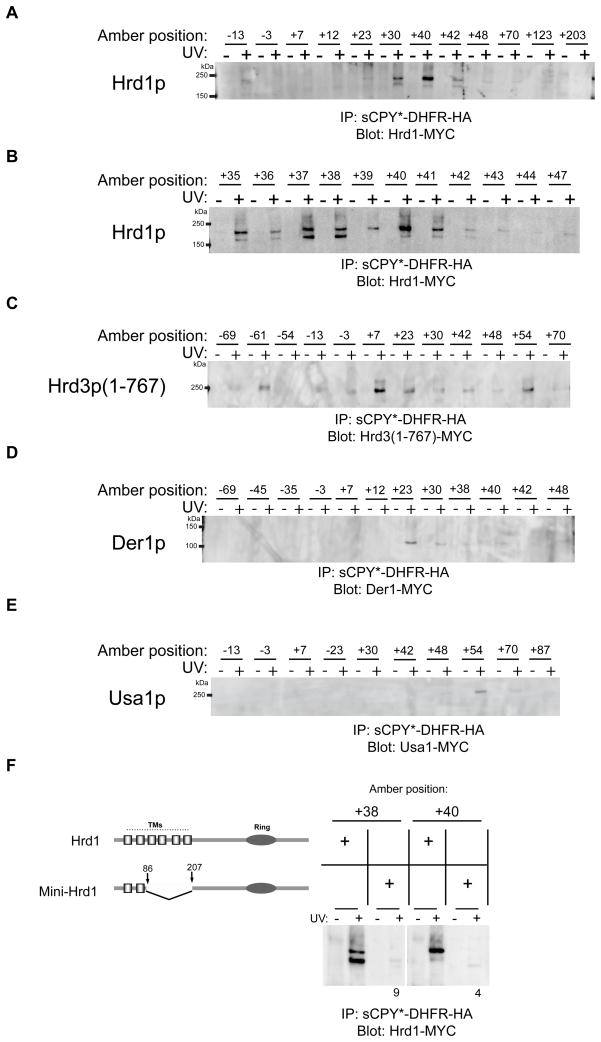Figure 4. Site-specific in vivo crosslinking of an ERAD-L substrate to Hrd1p complex components.
(A) Photoreactive probes were placed at the indicated positions of the substrate sCPY*-DHFR-HA. The constructs were expressed in cells that harbor under the endogenous promoter Hrd1p fused to 13 Myc tags (Hrd1-Myc). After immunoprecipitation with HA antibodies, the bound material was analyzed by SDS-PAGE and immunoblotting with Myc antibodies.
(B) As in (A), but with a narrower range of positions of the photoreactive probes.
(C) As in (A), but in cells that express under the endogenous promoter the luminal domain of Hrd3p (amino acids 1–767) fused to 13 Myc tags (Hrd3(1–767)-Myc).
(D) As in (A), but in cells that express under the endogenous promoter Der1p fused to 13 Myc tags (Der1-Myc).
(E) As in (A), but in cells that express under the endogenous promoter Usa1p fused to 13 Myc tags (Usa1-Myc).
(F) As in (A), but in cells expressing Myc-tagged Hrd1 or mini-Hrd1p. As indicated in the diagram, mini-Hrd1p was generated by deletion of the last four transmembrane segments (TMs) of Hrd1p. Ring refers to the Ring finger domain essential for ubiquitin ligase activity. The intensity of the crosslinks to mini-Hrd1p was normalized to that of wild type Hrd1p. The numbers are the average of three experiments.

